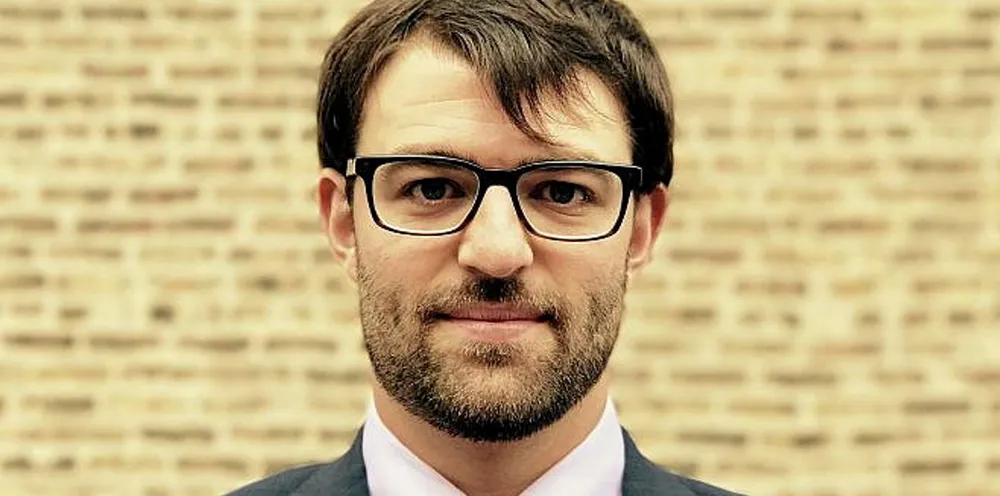Mainstream Renewables rising star hired to speed BW Ideol US floating wind ambitions
Christopher Dorman will lead developer's plans to build the flagship Vandenberg pilot off California, as well as spearheading bids in upcoming Atlantic and Pacific auctions
